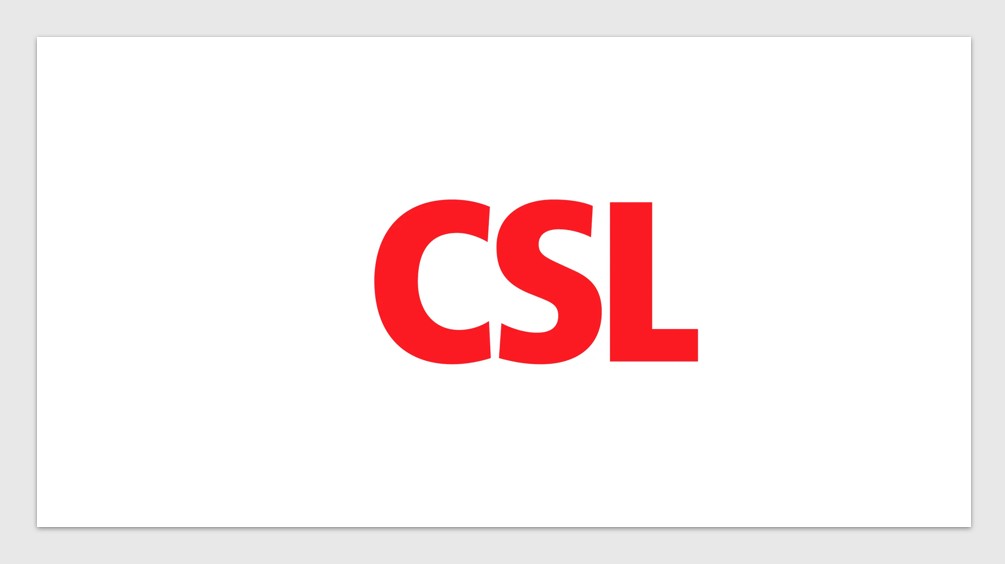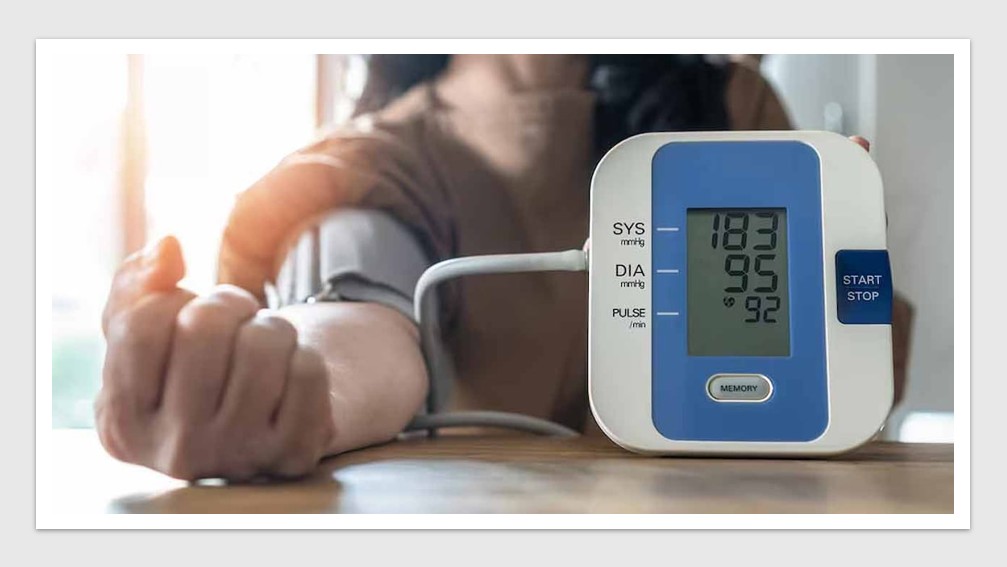News & Trends - Pharmaceuticals
BeiGene’s BTK inhibitor delivers promising long-term results in newly released data

Bruton tyrosine kinase (BTK) inhibitors have improved treatment outcomes for patients with chronic lymphocytic leukaemia (CLL) and small lymphocytic lymphoma (SLL). Among the next-generation BTK inhibitors, BeiGene’s Brukinsa (zanubrutinib), delivers superior efficacy and tolerability through increased potency, greater BTK specificity, and enhanced exposure coverage.
New data presented at the 2024 American Society of Haematology (ASH) congress highlighted Brukinsa’s 5-year sustained efficacy compared to Rituxan (bendamustine plus rituximab [BR]) in patients with treatment-naïve CLL or SLL.
“With a median study follow-up of 61.2 months, zanubrutinib has been shown to offer a sustained superior PFS over BR in [patients with] treatment-naive CLL with 71% reduction of the risk of progression or death,” said Dr Mazyar Shadman, medical director of cellular immunotherapy at Fred Hutchinson Cancer Center, during his presentation at ASH.
The trial results revealed that patients treated with Brukinsa achieved a median progression-free survival (PFS) that was not reached, compared to 44.1 months for those treated with BR (P < .0001). Five-year PFS rates stood at 80.1% and 75.8% for Brukinsa at 54 and 60 months, respectively, while the rates for BR were markedly lower at 44.6% and 40.1%.
The trial also demonstrated consistent efficacy of Brukinsa across different risk factors, including IGHV status, del(17p), and TP53 mutations.
“The result of this extended follow-up support the use of zanubrutinib as the standard first-line treatment option for patients, regardless of the disease risk factors,” Dr Shadman concluded.
Approximately 1,300 Australians are diagnosed with CLL or SLL each year, highlighting the importance of accessible, effective treatments. The Pharmaceutical Benefits Scheme (PBS) expanded the listing of Brukinsa in September 2023 to include first-line treatment in addition to relapsed or refractory cases of CLL and SLL.
In another milestone, AstraZeneca’s Calquence (acalabrutinib) was added to the PBS as of 1 January 2024 for use as monotherapy or in combination with obinutuzumab for previously untreated CLL or SLL. This expanded listing complements its prior availability for relapsed or refractory cases, broadening the therapeutic arsenal for clinicians managing these patients.
Blood cancer remains the third most commonly diagnosed cancer in Australia and the second leading cause of cancer-related deaths, following lung cancer. Annually, more than 19,400 Australians are diagnosed with blood cancer, and over 135,000 living with the disease.
![]() In reimagining healthcare across the entire patient journey, Health Industry HubTM is the only one-stop-hub uniting the diversity of the Pharma, MedTech, Diagnostics & Biotech sectors to inspire meaningful change.
In reimagining healthcare across the entire patient journey, Health Industry HubTM is the only one-stop-hub uniting the diversity of the Pharma, MedTech, Diagnostics & Biotech sectors to inspire meaningful change.
The Health Industry HubTM content is copyright protected. Access is available under individual user licenses. Please click here to subscribe and visit T&Cs here.
News & Trends - Biotechnology

CSL reshapes R&D while bracing for U.S. tariffs
Australia’s largest biotech company CSL is streamlining its R&D operations to enhance efficiency amidst a rapidly evolving global landscape. The […]
MoreNews & Trends - MedTech & Diagnostics

Australia joins Medtronic trial in fight against resistant hypertension
Medtronic has launched an international clinical trial across Australia, the United States, and Europe to evaluate the feasibility of multi-organ […]
MoreNews & Trends - MedTech & Diagnostics

Medibank launches pharmacogenetic testing while government stalls on insurance discrimination ban
Medibank has become the first Australian health insurer to pay towards pharmacogenetic testing (PGx) for eligible customers on Extras cover. […]
MoreNews & Trends - Pharmaceuticals

Global pledge shifts visibility and action for patients with advanced breast cancer
Three breast cancer organisations have united internationally to demand that people living with metastatic breast cancer (MBC) are no longer […]
More